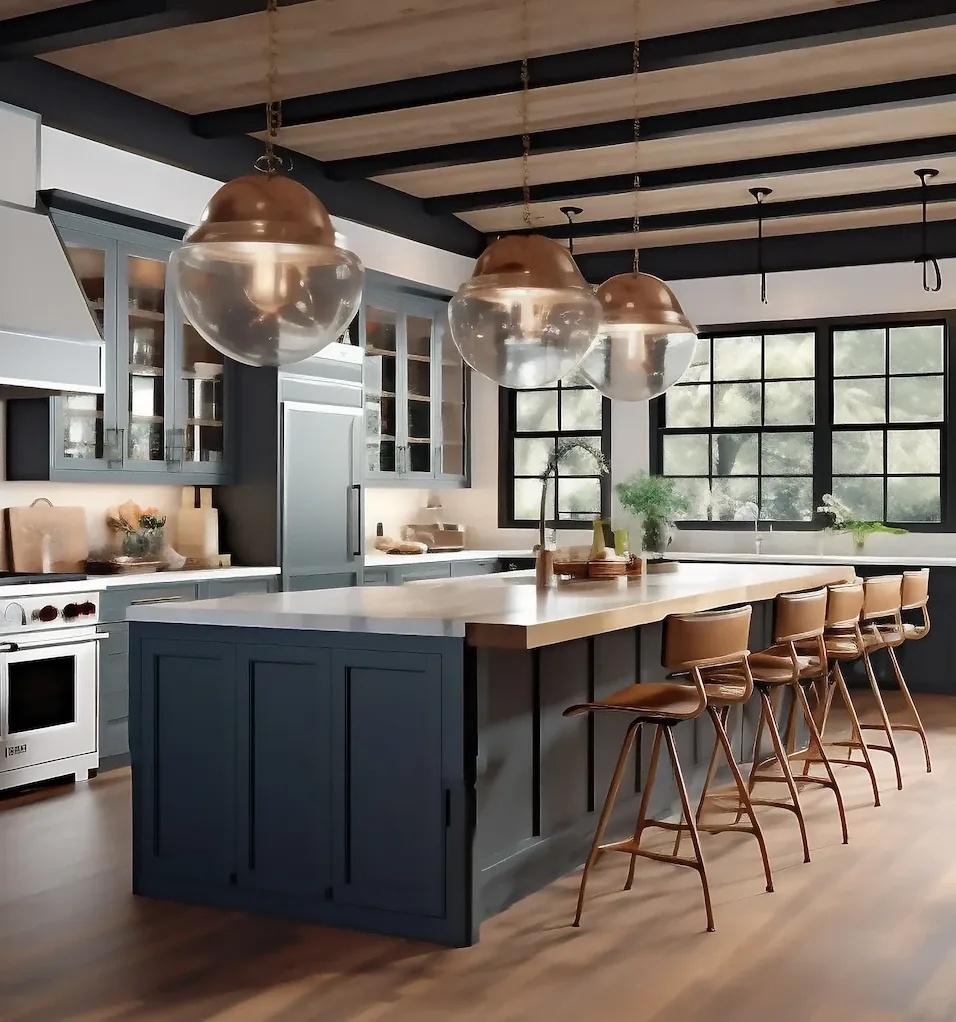Kitchens: The Latest, Top Articles
Get the most recent kitchen news and trends.
Articles: Everything Cabinets
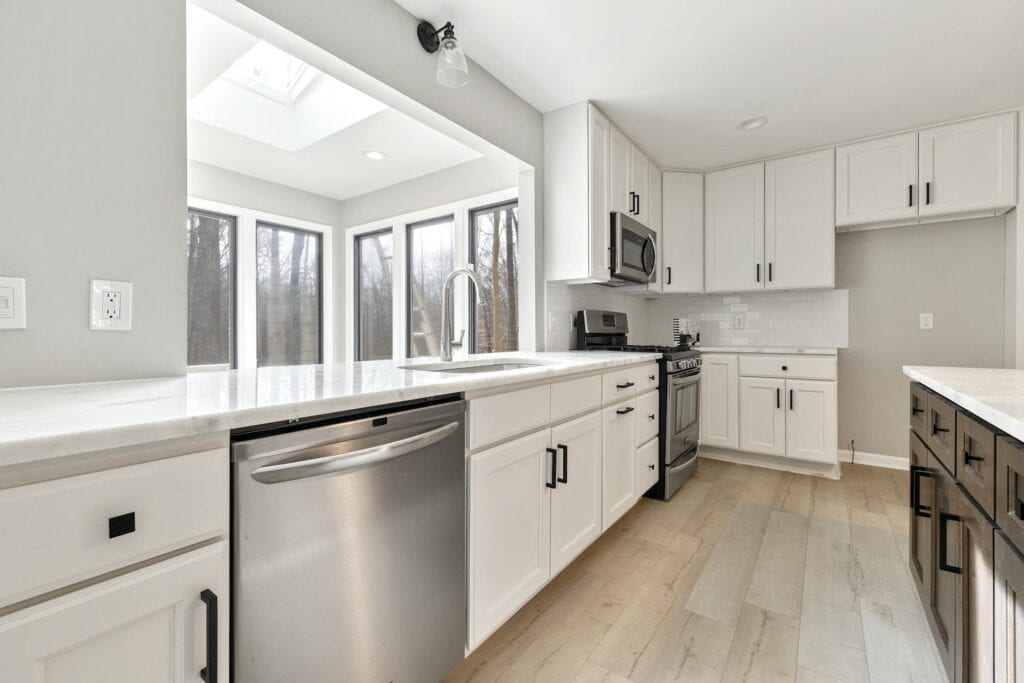
What Happens to the Plastic in Dishwasher Pods?
Question: What Happens to the Plastic in Dishwasher Pods? Answer: What happens to the plastic in dishwasher pods is the outer PVA film dissolves in water. Any remaining plastic fragments are rinsed away during the wash cycle. The Journey of a Dishwasher Pod: From Packet to Wastewater Dishwasher pods offer a convenient way to clean … Continue reading What Happens to the Plastic in Dishwasher Pods?
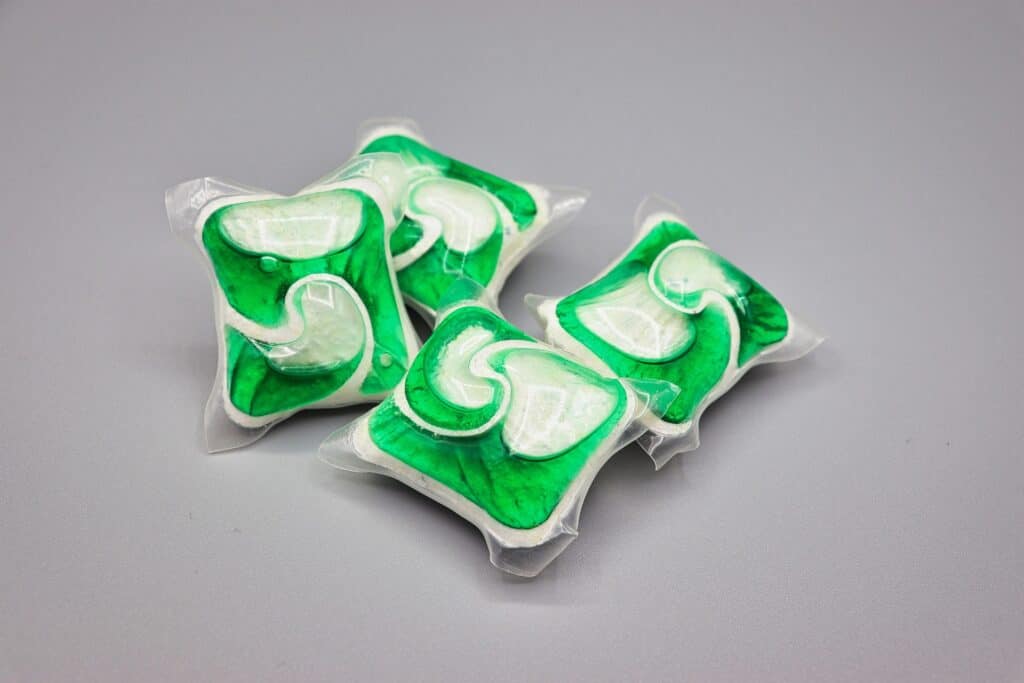
Is It True You Shouldn’t Use Dishwasher Pods?
Question: Is It True You Shouldn’t Use Dishwasher Pods? Answer: No, dishwasher pods are generally safe and effective. However, overuse can cause buildup. For smaller loads, consider using less than a full pod or switching to powder or liquid detergent. Dispelling Dishwasher Pod Myths Dishwasher pods offer convenience. They pre-measure detergent, eliminating guesswork. But some … Continue reading Is It True You Shouldn’t Use Dishwasher Pods?
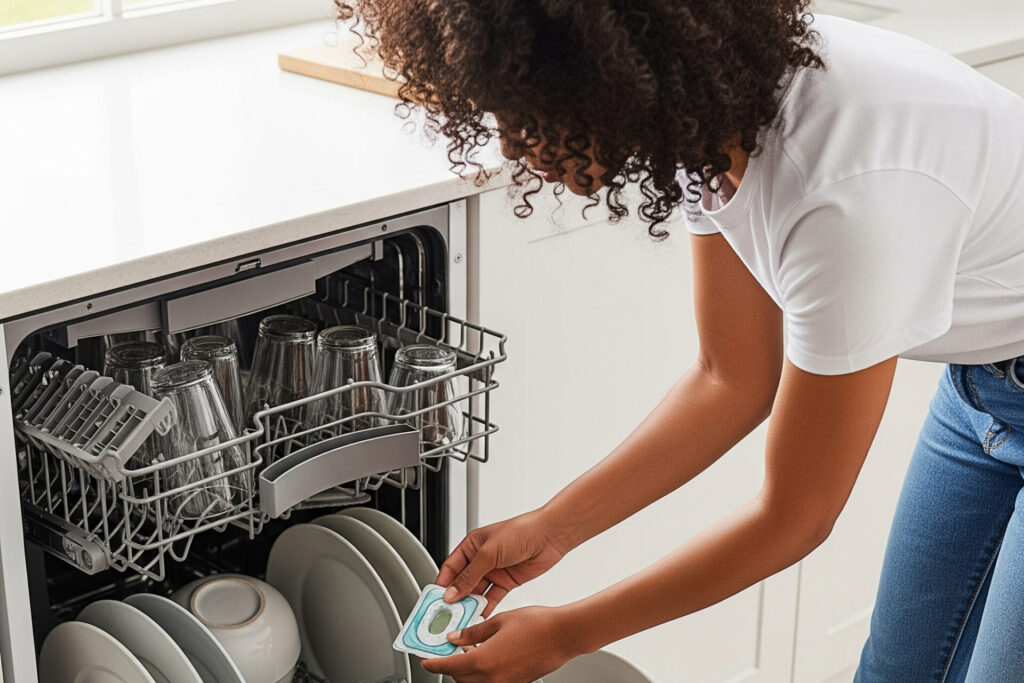
What Are the Cons of Dishwasher Pods?
Question: What Are the Cons of Dishwasher Pods? Answer: Cons of dishwasher pods include that they can be more expensive than other detergent forms, may not dissolve properly in short cycles, contribute to plastic waste, and pose a poisoning risk to children due to their colorful appearance. Dishwasher Pod Drawbacks: A Practical Guide Dishwasher pods … Continue reading What Are the Cons of Dishwasher Pods?
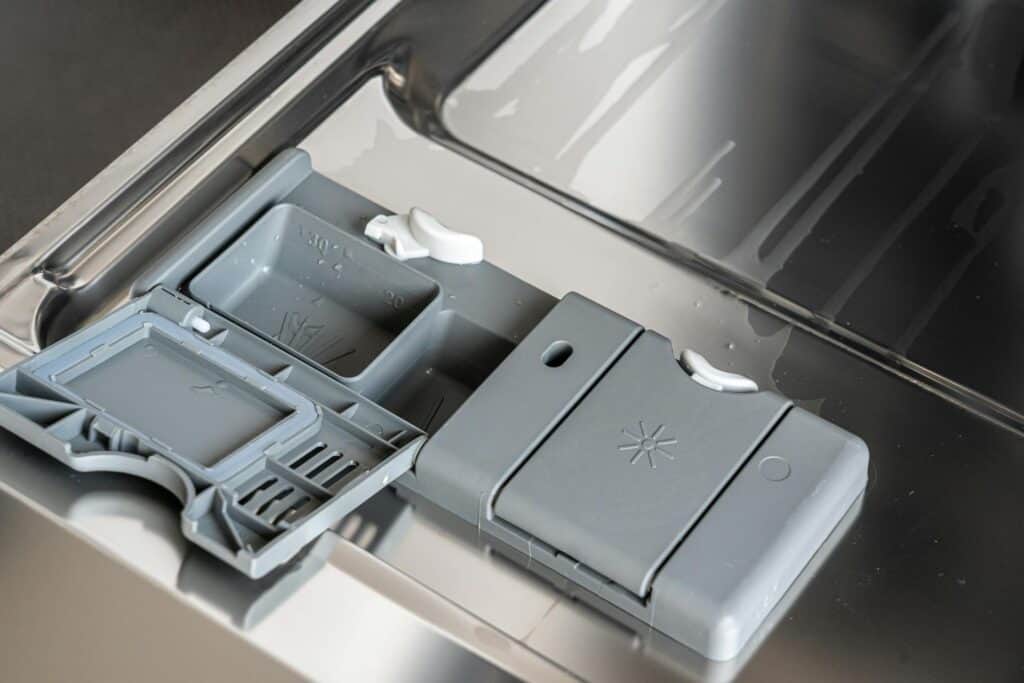
Is It Better to Use Liquid or Pods in Dishwasher?
Question: Is It Better to Use Liquid or Pods in Dishwasher? Answer: Whether or not it is better to use depends on personal preference Pods offer pre-measured convenience, while liquid allows for dosage adjustment based on messiness. Both clean effectively, so the “better” choice depends on personal preference. Liquid Detergent vs Pods Choosing the right … Continue reading Is It Better to Use Liquid or Pods in Dishwasher?
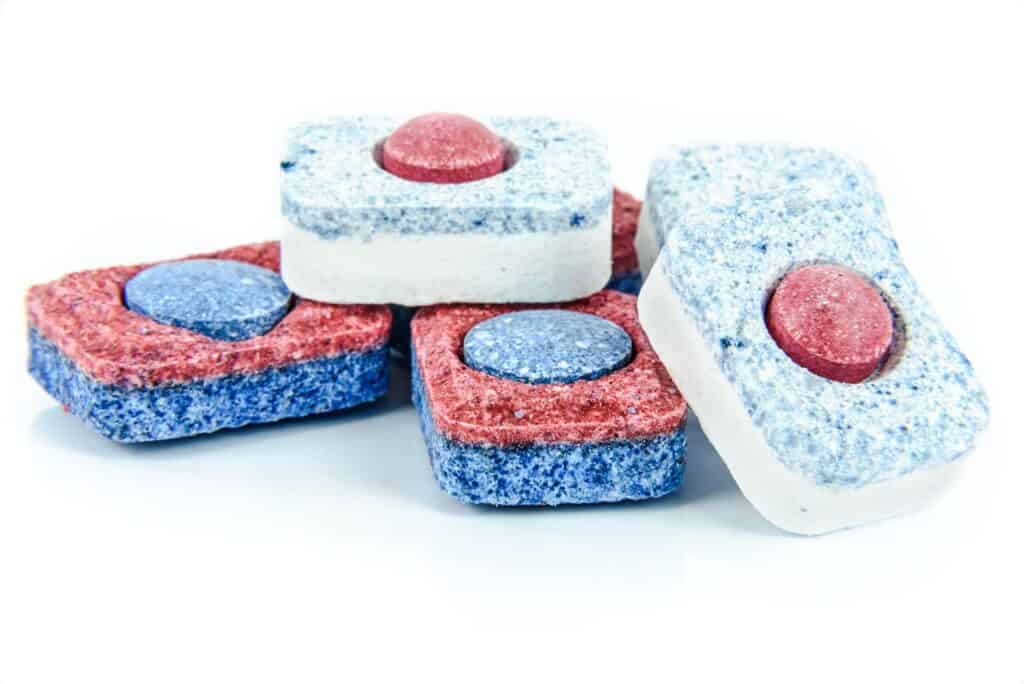
Can You Throw a Dishwasher Pod in the Bottom of the Dishwasher?
Question: Can You Throw a Dishwasher Pod in the Bottom of the Dishwasher? Answer: Yes, you can throw a dishwasher pod in the bottom but it’s generally not recommended. Pods are designed to dissolve slowly in the dispenser. Placing them at the bottom can lead to incomplete dissolving and reduced cleaning effectiveness. Dishwasher Pods: Placement … Continue reading Can You Throw a Dishwasher Pod in the Bottom of the Dishwasher?
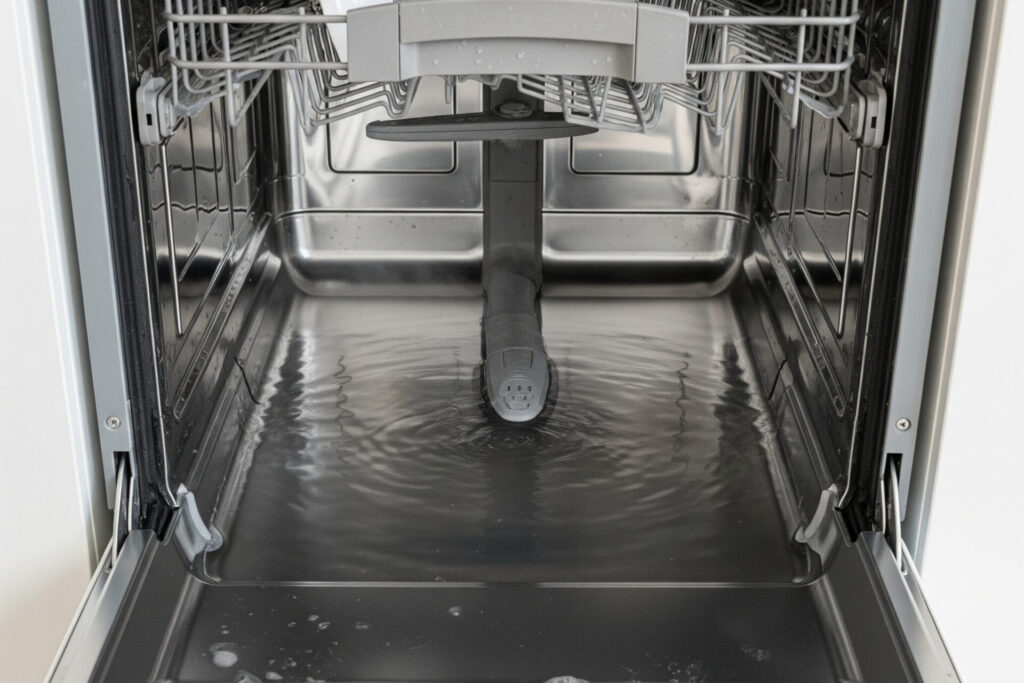
Why Is There Standing Water in the Bottom of My Dishwasher?
Question: Why Is There Standing Water in the Bottom of My Dishwasher? Answer: There could be standing water in the bottom of my dishwasher due to a clogged drain or filter, a faulty drain pump, or a problem with the check valve. Troubleshooting a Dishwasher with Standing Water Discovering standing water in your dishwasher after … Continue reading Why Is There Standing Water in the Bottom of My Dishwasher?
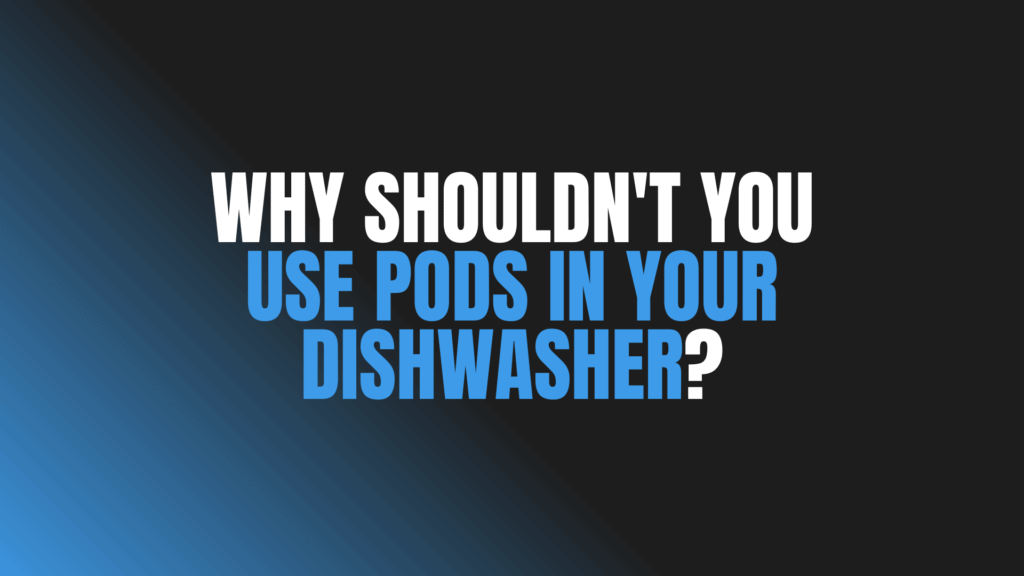
Why Shouldn’t You Use Pods in Your Dishwasher?
Question: Why Shouldn’t You Use Pods in Your Dishwasher? Answer: You shouldn’t you use pods as they can be overly concentrated for smaller loads, leading to etching and residue. They may not dissolve fully in shorter cycles. Pre-wash cycles can wash away the detergent before the main wash. Dishwasher Detergent Pods: Reconsidering Convenience Dishwasher detergent … Continue reading Why Shouldn’t You Use Pods in Your Dishwasher?
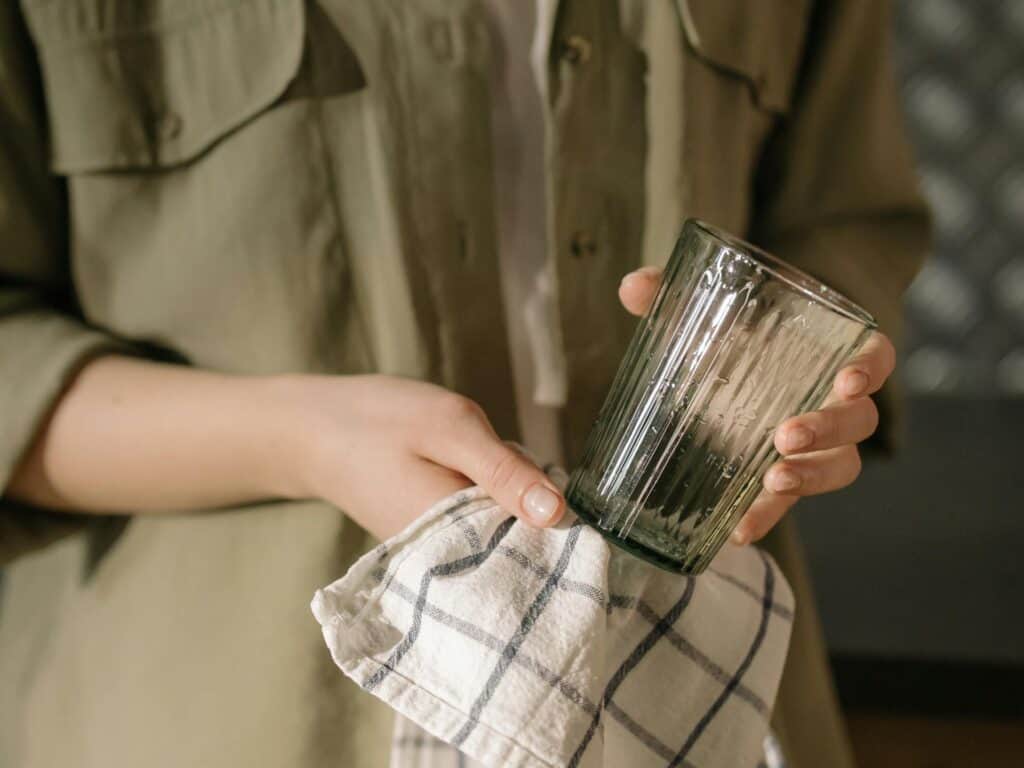
Why Don’t Dishwashers Dry Dishes Anymore?
Question: Why Don’t Dishwashers Dry Dishes Anymore? Answer: Dishwashers still dry dishes, but newer models often rely on condensation drying, which can be less effective. This is often due to government regulations limiting energy and water usage. The Mystery of Wet Dishes: Why Dishwashers Struggle to Dry Many homeowners find wet dishes after a wash … Continue reading Why Don’t Dishwashers Dry Dishes Anymore?
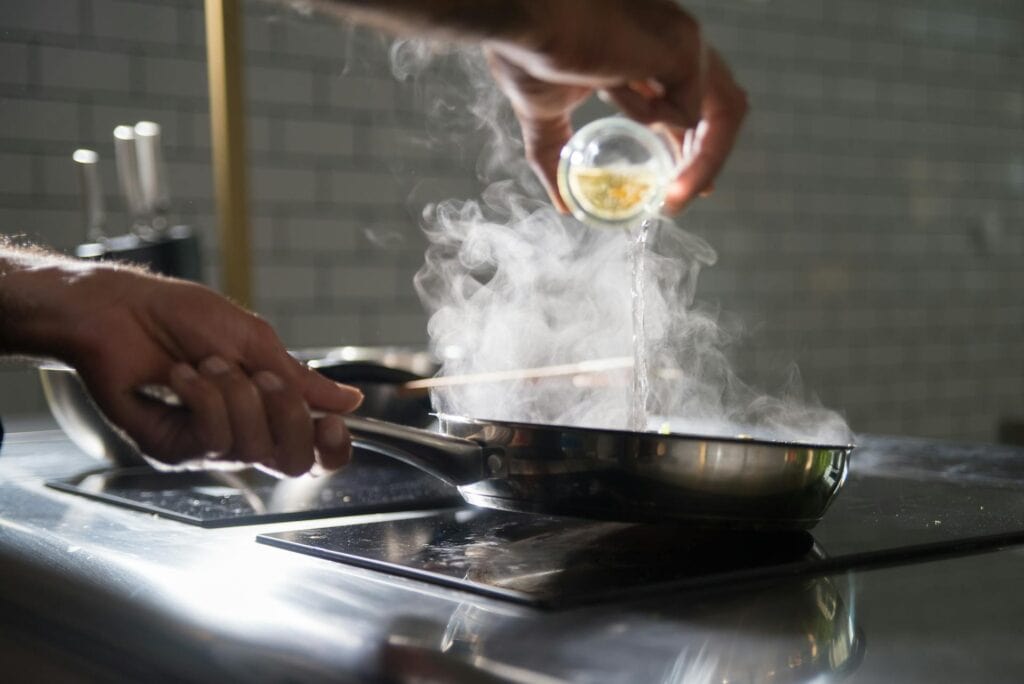
Why Can’t Stainless Steel Go in the Dishwasher?
Question: Why Can’t Stainless Steel Go in the Dishwasher? Answer: Stainless steel can generally go in the dishwasher. However, certain types, especially those with other metals or finishes, may corrode or discolor. Avoid prolonged contact with other metals and harsh detergents. Stainless Steel and Dishwashers Many people believe stainless steel’s durability makes it impervious to … Continue reading Why Can’t Stainless Steel Go in the Dishwasher?
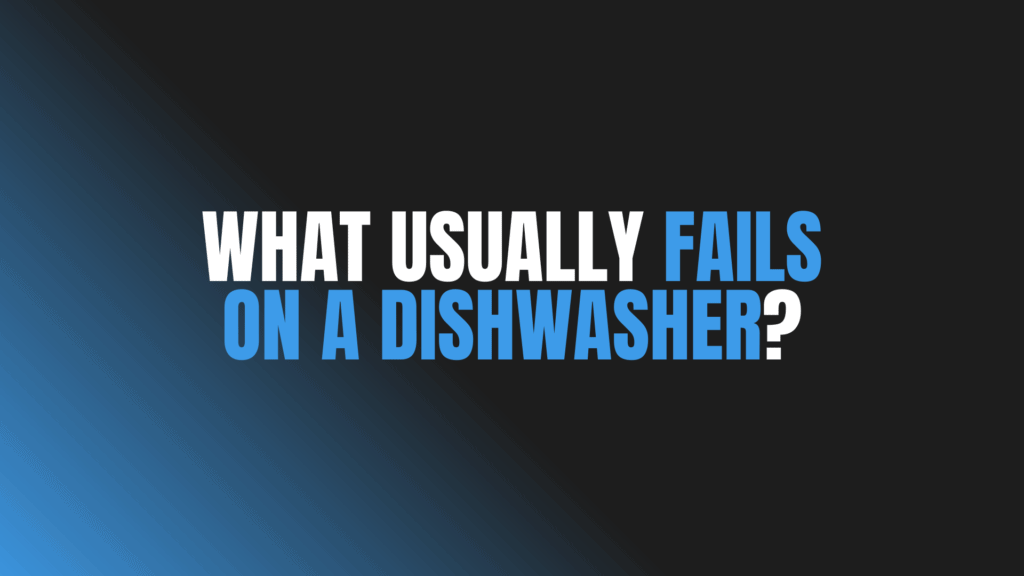
What Usually Fails on a Dishwasher?
Question: What Usually Fails on a Dishwasher? Answer: What usually fails on a dishwasher includes: the door latch, spray arm, pump and motor assembly, drain hose/garbage disposal connection, and the water inlet valve. Common Dishwasher Problems Dishwashers simplify daily life. A malfunctioning dishwasher quickly becomes a major inconvenience. This article explores common dishwasher failures. It … Continue reading What Usually Fails on a Dishwasher?
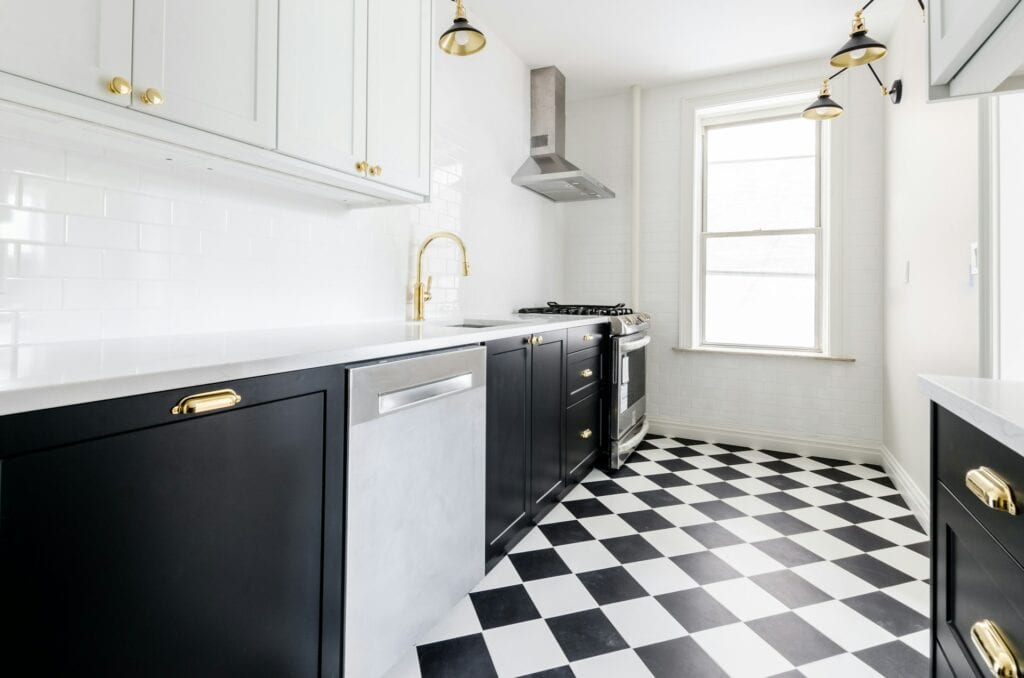
Should I Run My Dishwasher If It Has Standing Water?
Question: Should I Run My Dishwasher If It Has Standing Water? Answer: No, you should not run your dishwasher if it has standing water. Standing water indicates a problem. Standing Water in Your Dishwasher Discovering standing water in your dishwasher can be frustrating. It disrupts your cleaning routine and raises concerns about potential damage. This … Continue reading Should I Run My Dishwasher If It Has Standing Water?
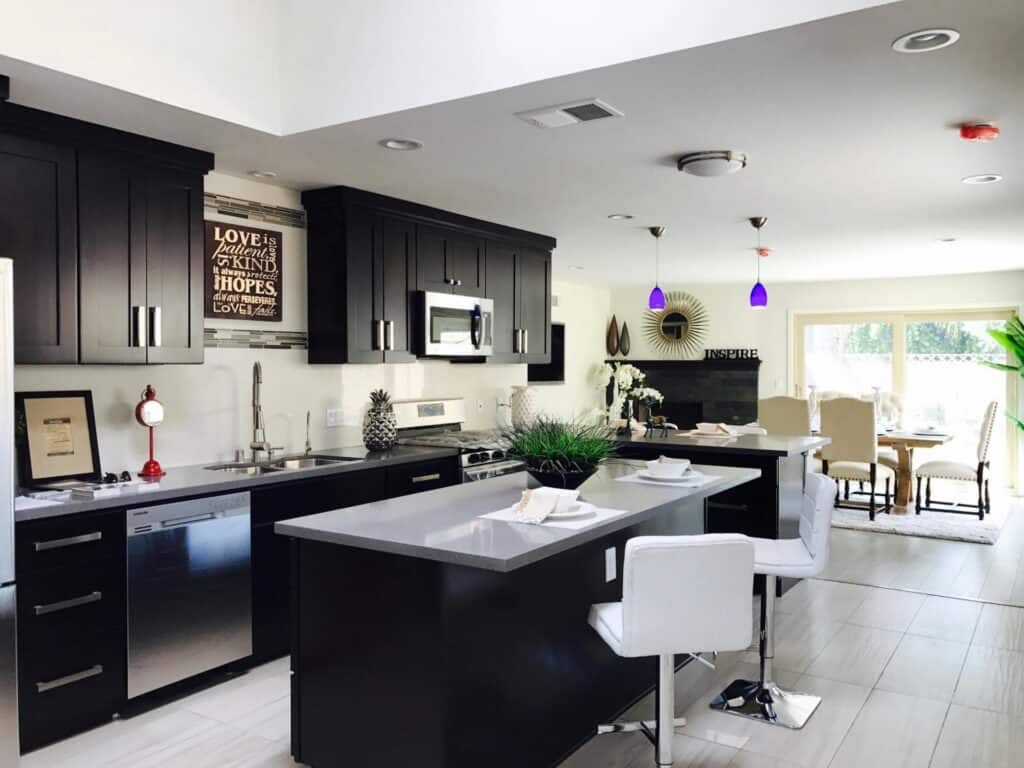
Do More Expensive Dishwashers Last Longer?
Question: Do More Expensive Dishwashers Last Longer? Answer: Yes, more expensive dishwashers last longer but it’s not guaranteed. Higher-end models often use more durable components and offer better warranties, contributing to a longer lifespan. Exploring Dishwasher Lifespan and Cost Do more expensive dishwashers last longer? Many consumers face this question when shopping for a new … Continue reading Do More Expensive Dishwashers Last Longer?

Does It Cost a Lot of Money to Run a Dishwasher?
Question: Does It Cost a Lot of Money to Run a Dishwasher? Answer: No, running a dishwasher does not cost a lot of money. Costing around $0.30-$0.70 per cycle depending on your local energy rates, water usage and detergent. Dishwasher Operating Costs: A Detailed Breakdown Many homeowners wonder, “Does it cost a lot of money … Continue reading Does It Cost a Lot of Money to Run a Dishwasher?
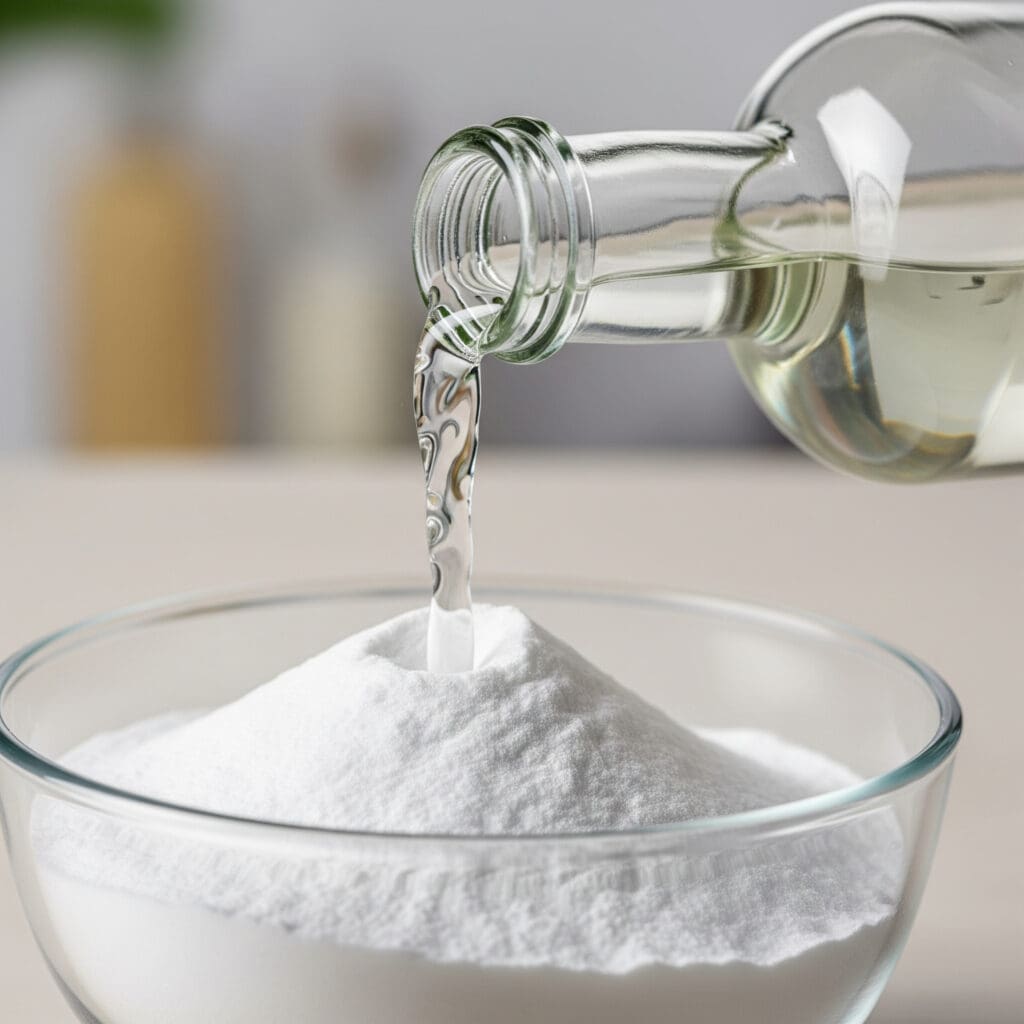
Can You Put Vinegar and Baking Soda in the Dishwasher at the Same Time?
Question: Can You Put Vinegar and Baking Soda in the Dishwasher at the Same Time? Answer: No, you can’t put vinegar and baking soda in the dishwasher at the same time. They neutralize each other, creating water and sodium acetate. Use them separately for cleaning. Vinegar and Baking Soda in the Dishwasher: A Cleaning Conundrum … Continue reading Can You Put Vinegar and Baking Soda in the Dishwasher at the Same Time?
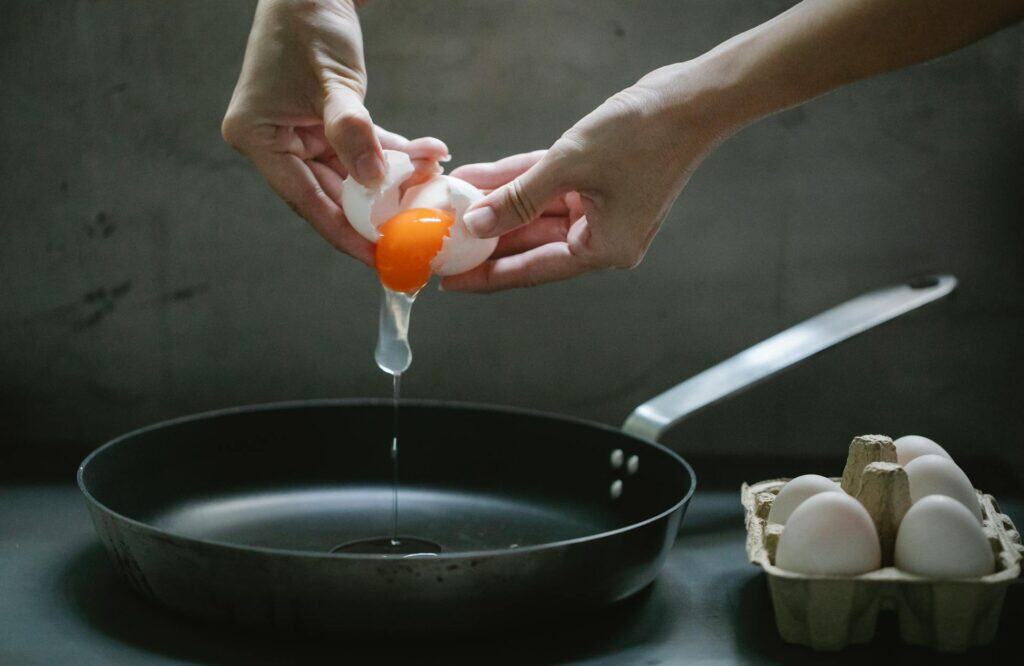
Can I Put a Frying Pan in the Dishwasher?
Question: Can I Put a Frying Pan in the Dishwasher? Answer: Whether or not you can put a frying pan in the dishwasher depends on the pan. Cast iron, non-stick, and those with wooden handles generally shouldn’t go in. Stainless steel and some anodized aluminum are usually dishwasher safe. Check the manufacturer’s instructions. Frying Pans … Continue reading Can I Put a Frying Pan in the Dishwasher?
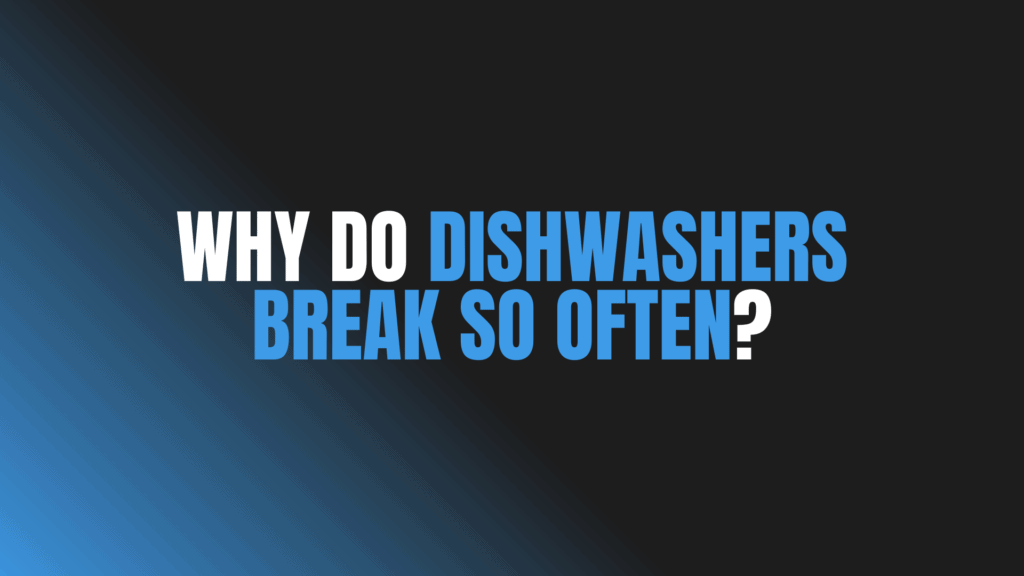
Why Do Dishwashers Break So Often?
Question: Why Do Dishwashers Break So Often? Answer: Dishwashers often break due to their complex components, frequent use, the presence of hard water, improper loading, and a general lack of maintenance like not cleaning the filter. Common Dishwasher Breakdowns and How to Fix Them Dishwashers are incredibly convenient, saving us valuable time and effort in … Continue reading Why Do Dishwashers Break So Often?
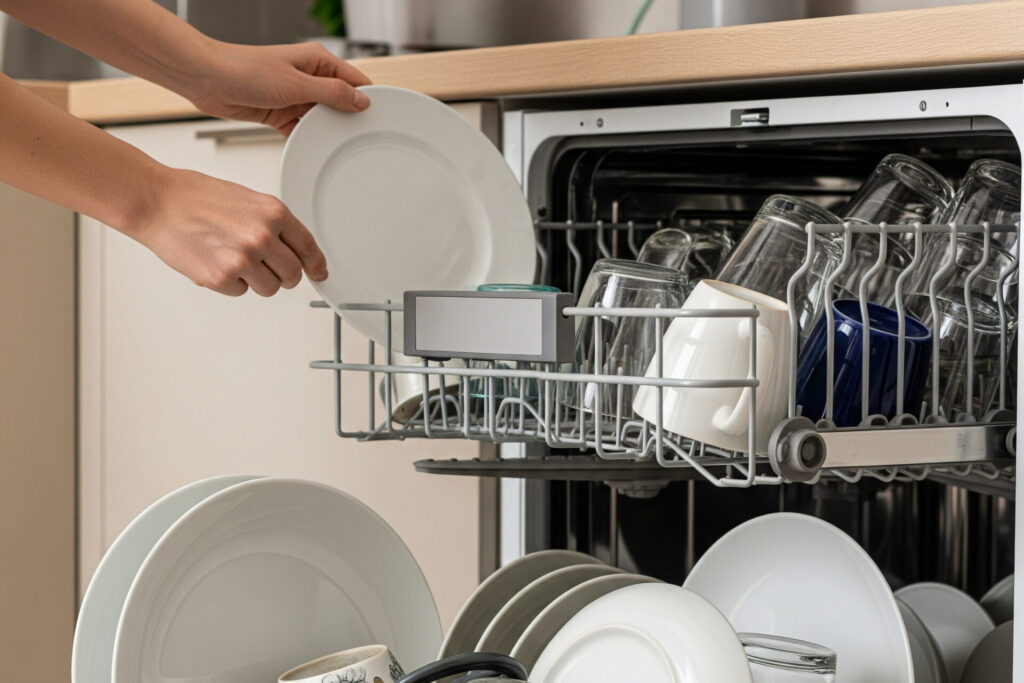
What Should You Never Put in the Dishwasher?
Question: What Should You Never Put in the Dishwasher? Answer: Things you should never put in the dishwasher include wooden items, cast iron cookware, nonstick pans, crystal, fine china, insulated mugs, and copper items in the dishwasher. These can warp, rust, or get damaged. Dishwasher Do’s and Don’ts Your dishwasher simplifies daily life. It cleans … Continue reading What Should You Never Put in the Dishwasher?
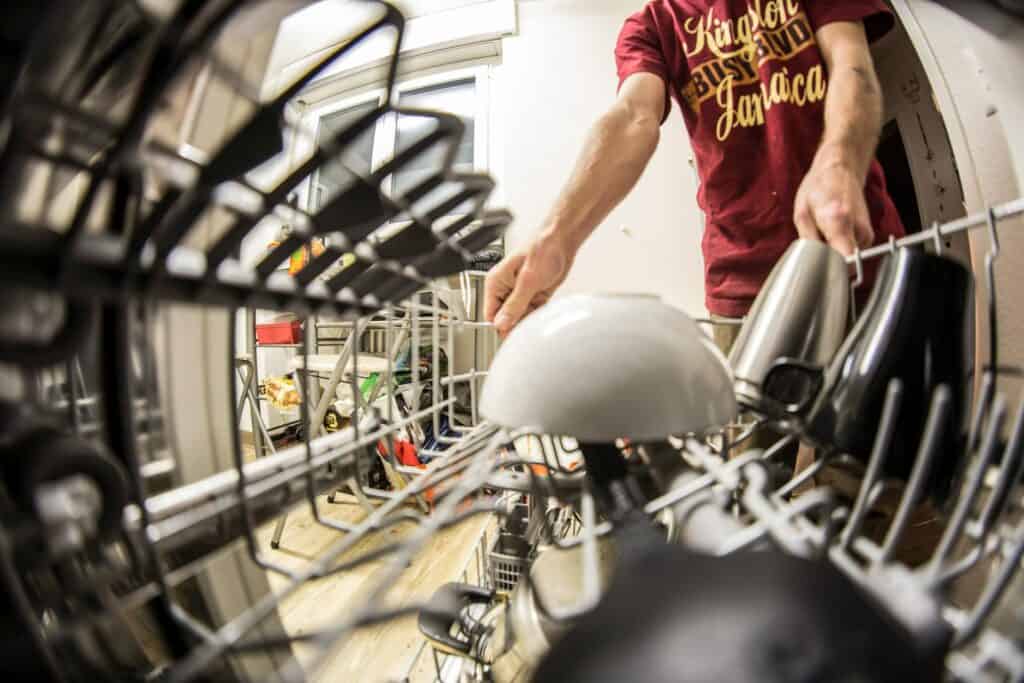
What Is the Most Common Failure on a Dishwasher?
Question: What Is the Most Common Failure on a Dishwasher? Answer: The most common failures on a dishwasher include a clogged drain or spray arm, which stop proper cleaning. Other common problems include a faulty door latch, a malfunctioning pump/motor assembly, or a defective heating element. Dishwasher Woes: Getting Your Appliance Back on Track Dishwashers … Continue reading What Is the Most Common Failure on a Dishwasher?
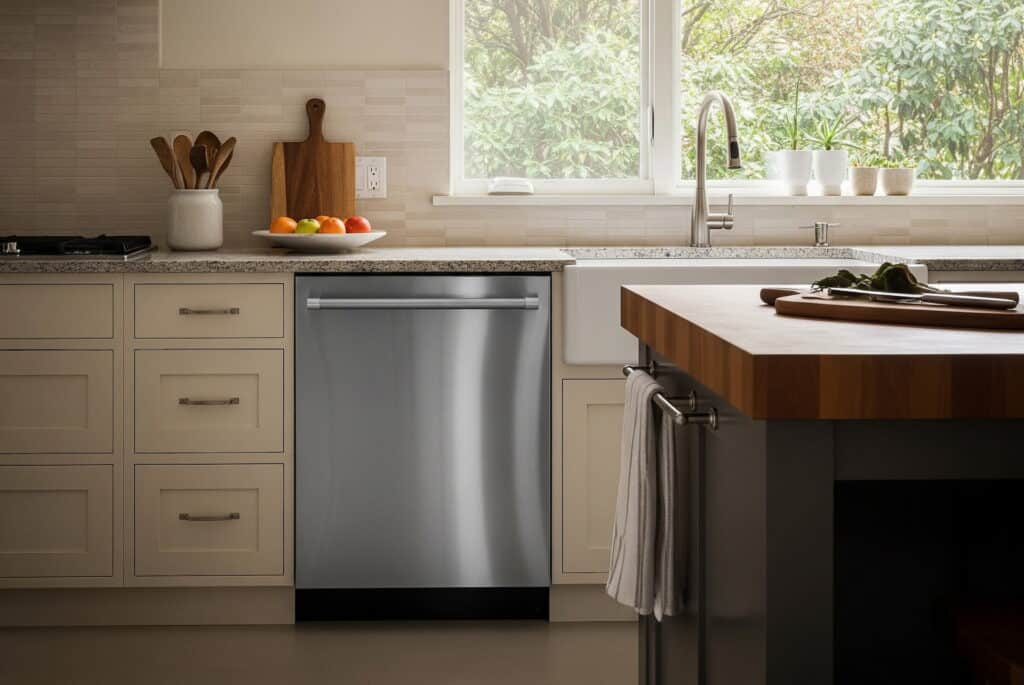
What Is the Average Lifespan of a Dishwasher?
Question: What Is the Average Lifespan of a Dishwasher? Answer: The average lifespan of a dishwasher is 9-10 years. Proper maintenance can help extend its life, while neglecting it may lead to earlier replacement. Dishwasher Lifespan: What to Expect Dishwashers simplify daily life as they save time and effort. But how long can you expect … Continue reading What Is the Average Lifespan of a Dishwasher?
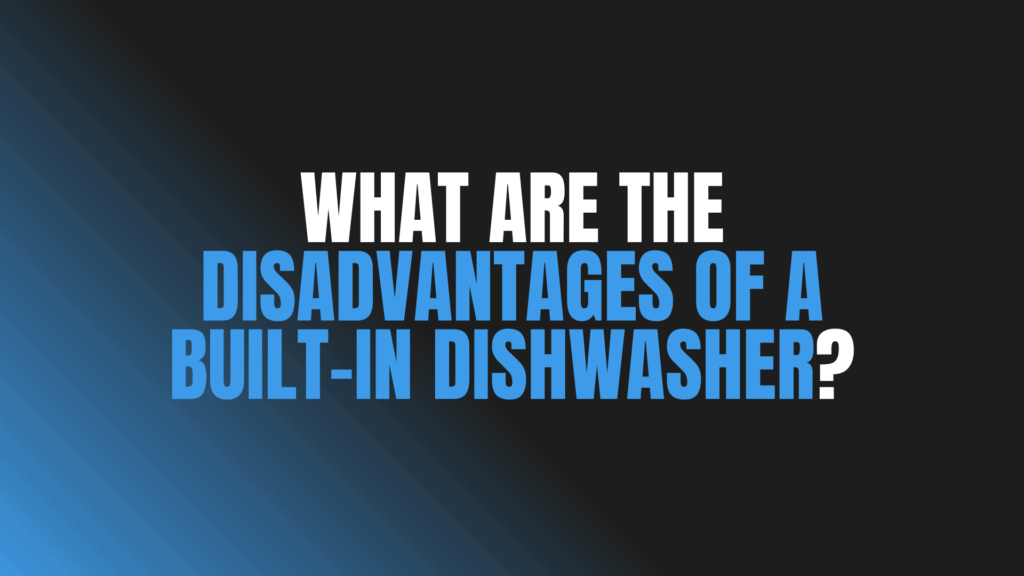
What Are the Disadvantages of a Built-in Dishwasher?
Question: What Are the Disadvantages of a Built-in Dishwasher? Answer: Disadvantages of a built-in dishwasher include: they can be expensive, often require professional installation, reduce usable cabinet space, and might necessitate plumbing/electrical work. Repairs can also be costly. Built-In Dishwashers: Understanding the Downsides Before You Buy Built-in dishwashers promise a sleek look and effortless kitchen … Continue reading What Are the Disadvantages of a Built-in Dishwasher?
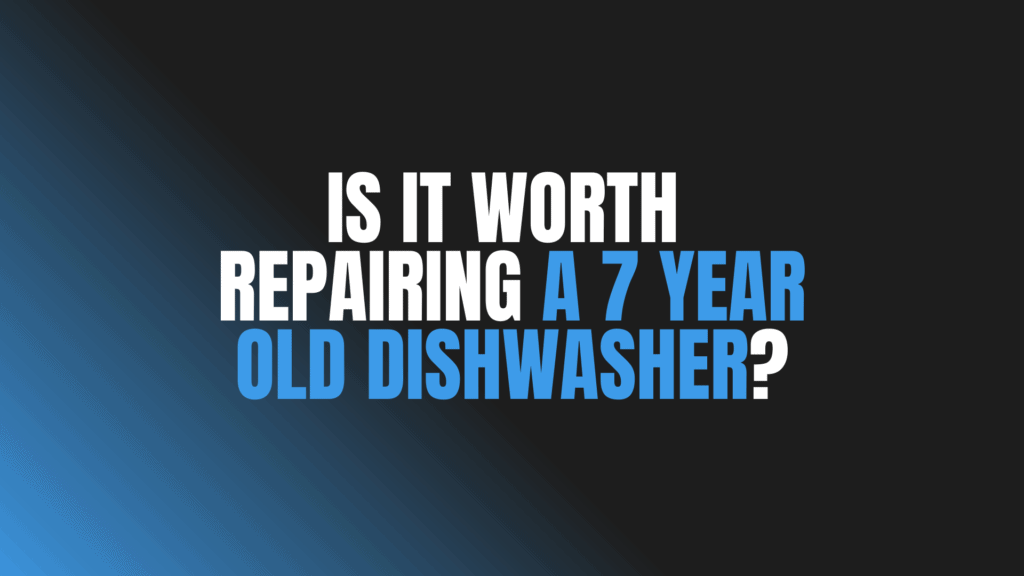
Is It Worth Repairing a 7-Year-Old Dishwasher?
Question: Is It Worth Repairing a 7-Year-Old Dishwasher? Answer: It is sometimes worth worth repairing a 7-year-old dishwasher. You should consider the repair cost versus the replacement cost. Minor repairs are often worthwhile, but major repairs on a 7-year-old model might not be. Also, factor in the average dishwasher lifespan of 9-12 years. Seven-Year Itch: … Continue reading Is It Worth Repairing a 7-Year-Old Dishwasher?
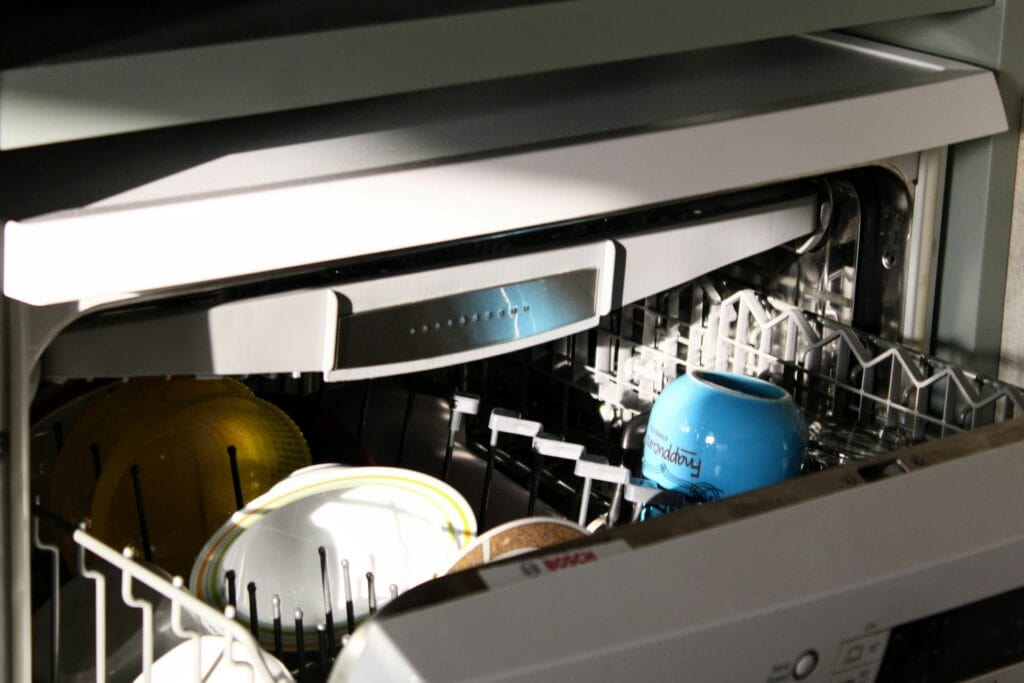
Is It Worth It to Fix a Dishwasher?
Question: Is It Worth It to Fix a Dishwasher? Answer: Yes, it is often worth it to fix a dishwasher. Consider the dishwasher’s age, repair cost versus replacement cost, and the warranty. If the repair is less than half the cost of a new one, and the dishwasher is relatively new, repairing is usually worthwhile. … Continue reading Is It Worth It to Fix a Dishwasher?
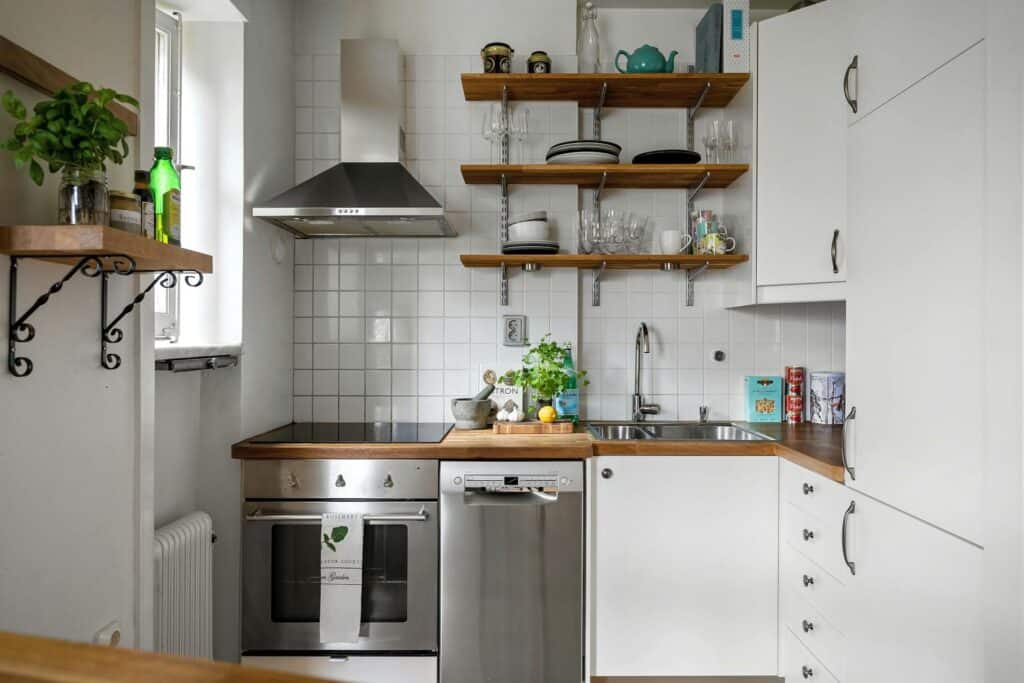
Do Freestanding Dishwashers Need to Be Plumbed In?
Question: Do Freestanding Dishwashers Need to Be Plumbed In? Answer: Yes, even freestanding dishwashers require plumbing connections for water supply and drainage. They aren’t portable. Freestanding Dishwasher Plumbing: A Clear Guide Do freestanding dishwashers need plumbing connections? Many homeowners ask this question when exploring dishwasher options. Some assume all dishwashers demand extensive plumbing work. This … Continue reading Do Freestanding Dishwashers Need to Be Plumbed In?
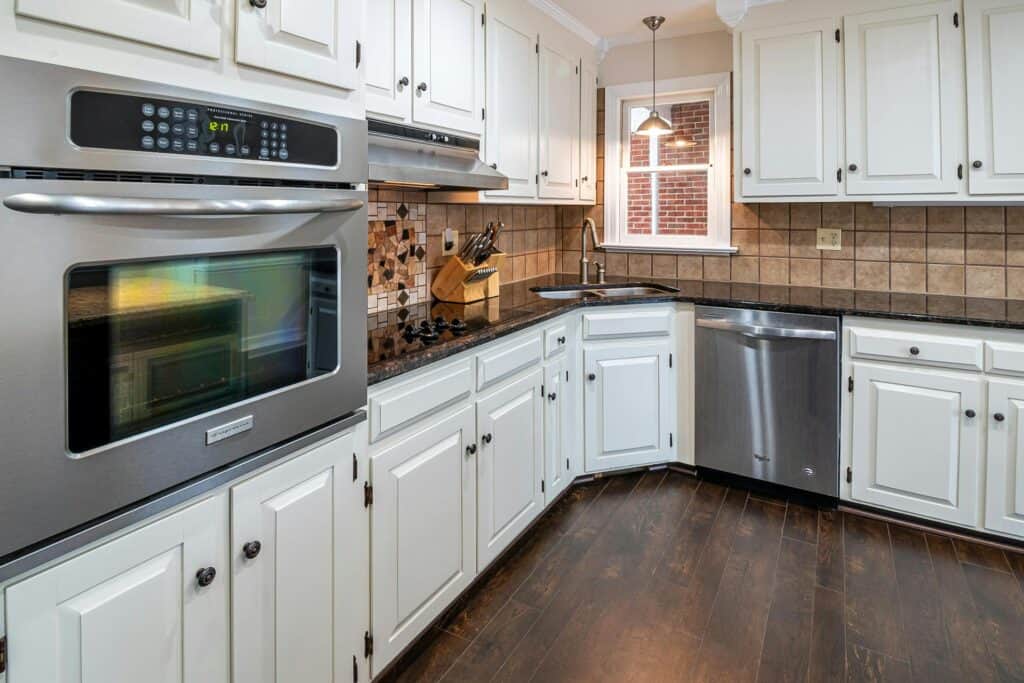
How Do I Know If My Dishwasher Pipe Is Blocked?
Question: How Do I Know If My Dishwasher Pipe Is Blocked? Answer: To find out if your dishwasher pipe is blocked look for these signs: slow draining or standing water in the dishwasher, gurgling sounds from the sink drain, or a dishwasher that won’t start. Dishwasher Drainage Issues: Identifying Blockages A smoothly operating dishwasher simplifies … Continue reading How Do I Know If My Dishwasher Pipe Is Blocked?
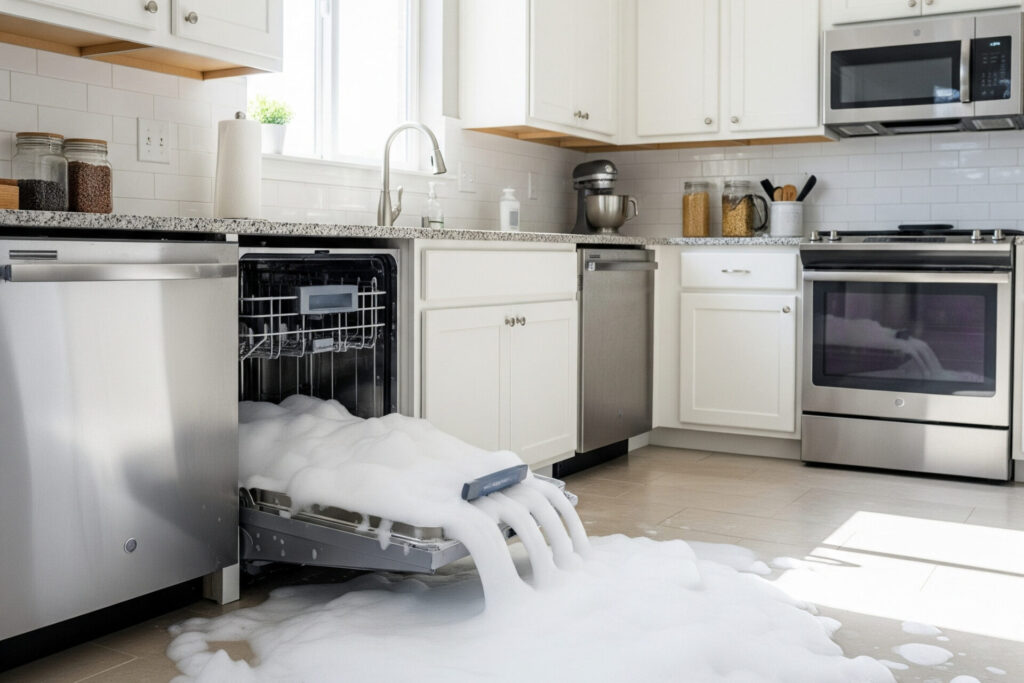
Can You Use Dish Soap in a Dishwasher?
Question: Can You Use Dish Soap in a Dishwasher? Answer: No, you can’t you use dish soap in a dishwasher. Dish soap creates excessive suds, overflowing your dishwasher and potentially damaging it. Use only dishwasher detergent. Understanding Dishwasher Detergent Dishwashers simplify our lives. They clean our dishes efficiently, saving us time and effort. This convenience … Continue reading Can You Use Dish Soap in a Dishwasher?
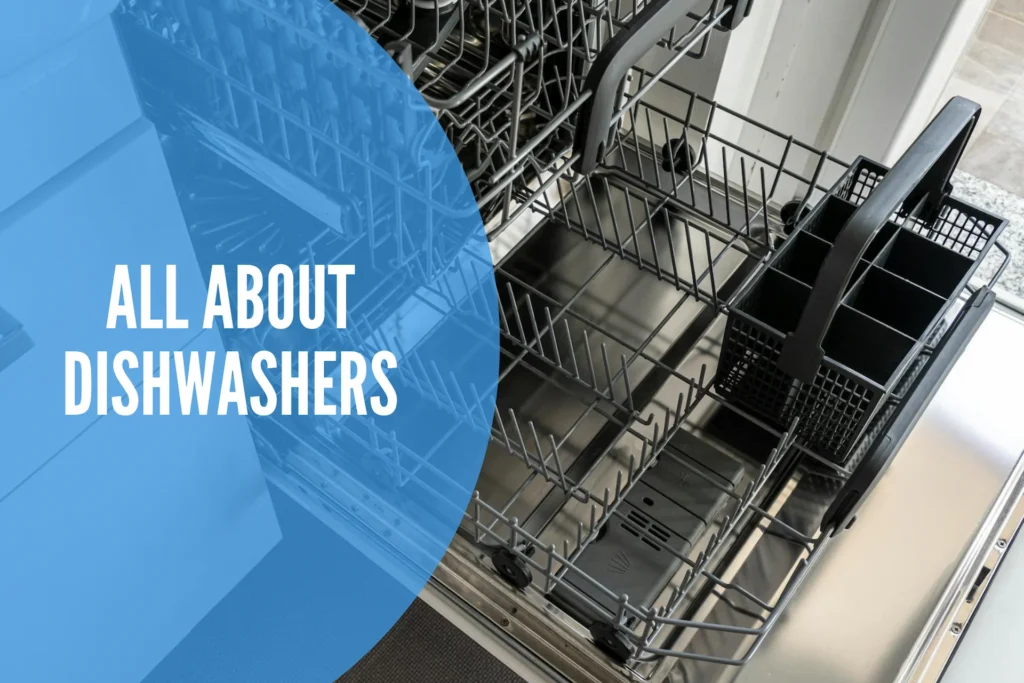
All About Dishwashers
Everything You Need to Know About Dishwashers Dishwashers offer significant convenience in modern kitchens. They save time and effort, allowing you to focus on other activities. Understanding the different types, features, and maintenance ensures optimal performance and longevity. This guide explores important aspects of dishwashers, from selection and installation to operation and troubleshooting. We’ll cover … Continue reading All About Dishwashers
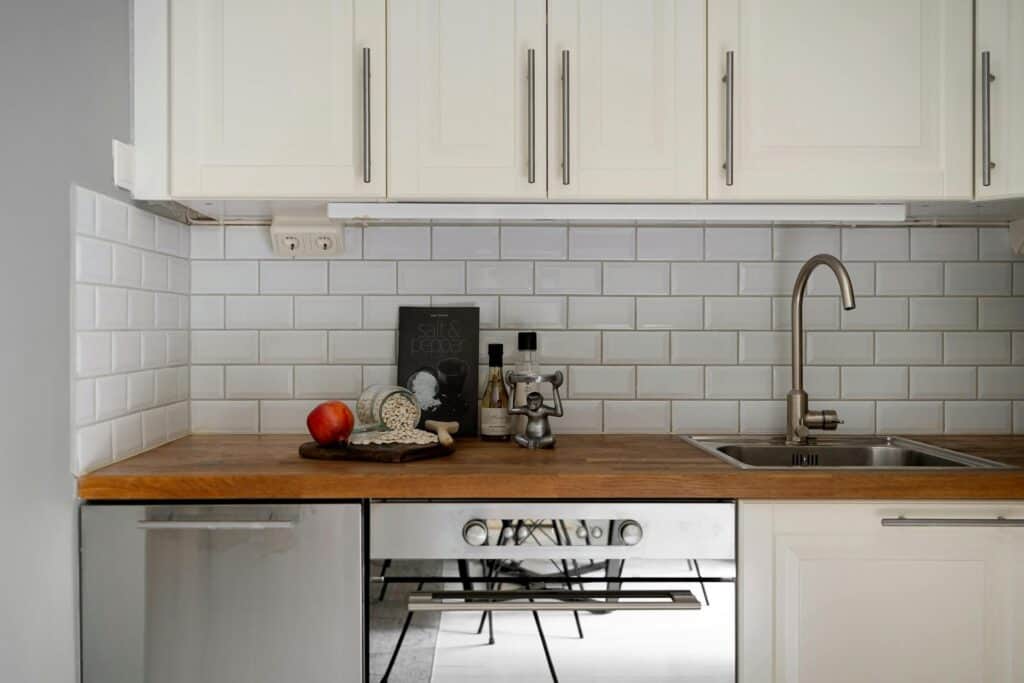
Can I Fix My Own Dishwasher?
Question: Can I Fix My Own Dishwasher? Answer: Yes, you can fix your own dishwasher. You resolve simple issues like a clogged filter or spray arm quite easily. More complex repairs involving electrical components or motors may require a professional technician. Dishwasher Troubleshooting: Your Practical Guide to DIY Fixes A broken dishwasher disrupts your daily … Continue reading Can I Fix My Own Dishwasher?
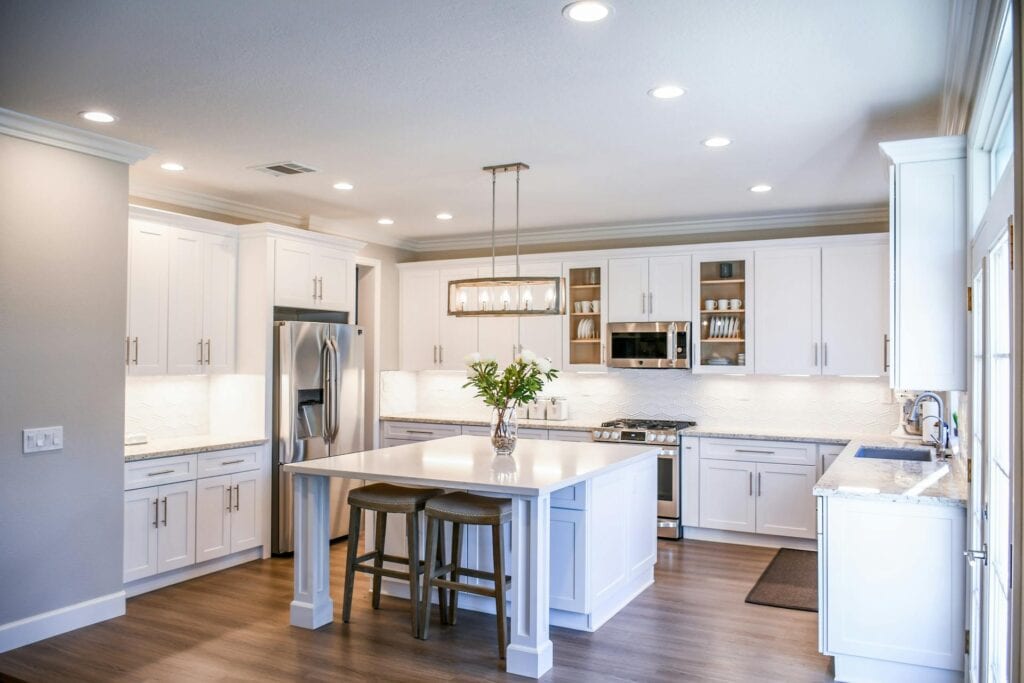
What Is the Difference Between a Built-In Refrigerator and a Regular Refrigerator?
Question: What Is the Difference Between a Built-In Refrigerator and a Regular Refrigerator? Answer: Differences between a built-in and regular refrigerator include built-in refrigerators are designed to fit flush with cabinetry for a streamlined look, while regular refrigerators stand alone. Built-ins often require specific ventilation and cabinetry. Built-In vs. Regular Refrigerators Choosing the right refrigerator … Continue reading What Is the Difference Between a Built-In Refrigerator and a Regular Refrigerator?
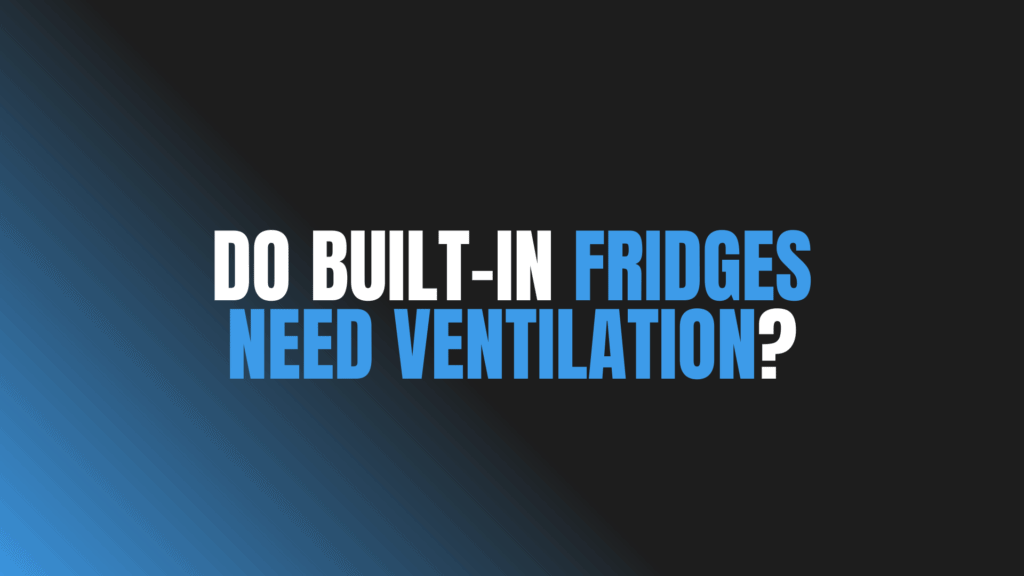
Do Built-In Fridges Need Ventilation?
Question: Do Built-In Fridges Need Ventilation? Answer: Yes, built-in fridges require ventilation. Proper airflow prevents overheating and ensures efficient operation. Check manufacturer specifications for clearance requirements around the unit. Understanding Built-In Fridge Ventilation Built-in refrigerators offer a sleek, integrated look in modern kitchens. They fit seamlessly into cabinetry, creating a cohesive design. However, their placement … Continue reading Do Built-In Fridges Need Ventilation?
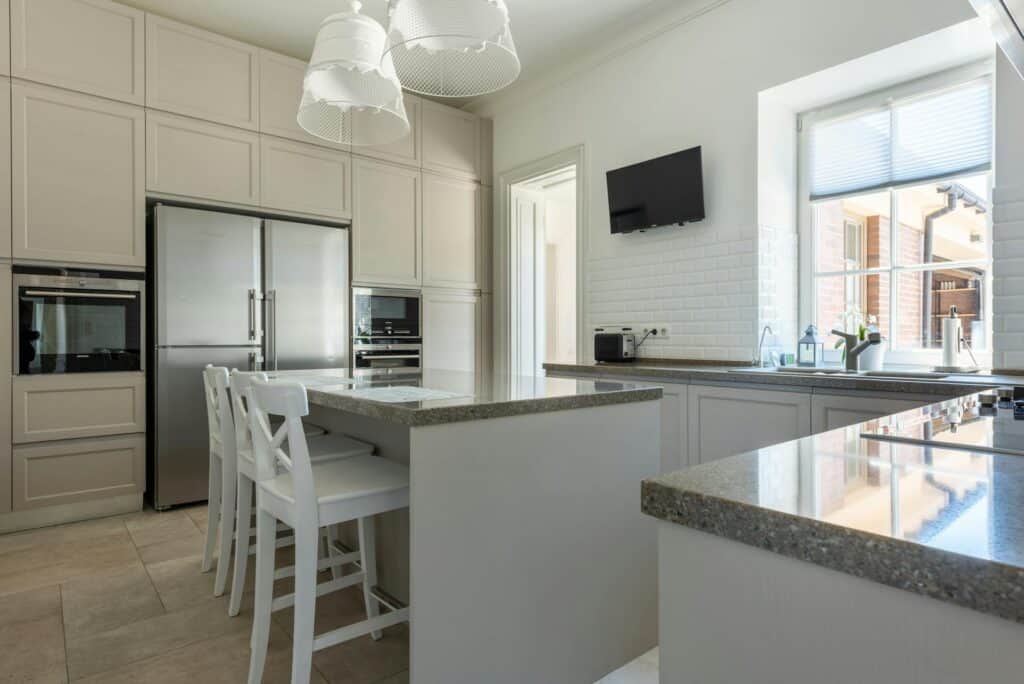
How Do You Ventilate a Built-In Refrigerator?
Question: How Do You Ventilate a Built-In Refrigerator? Answer: To ventilate a built-in refrigerator ensure adequate airflow through the front grille and maintain the recommended clearances around the unit, as specified in the manufacturer’s instructions. This typically includes space at the top, sides, and rear. Essential Airflow for Built-In Refrigerators Built-in refrigerators offer a streamlined … Continue reading How Do You Ventilate a Built-In Refrigerator?
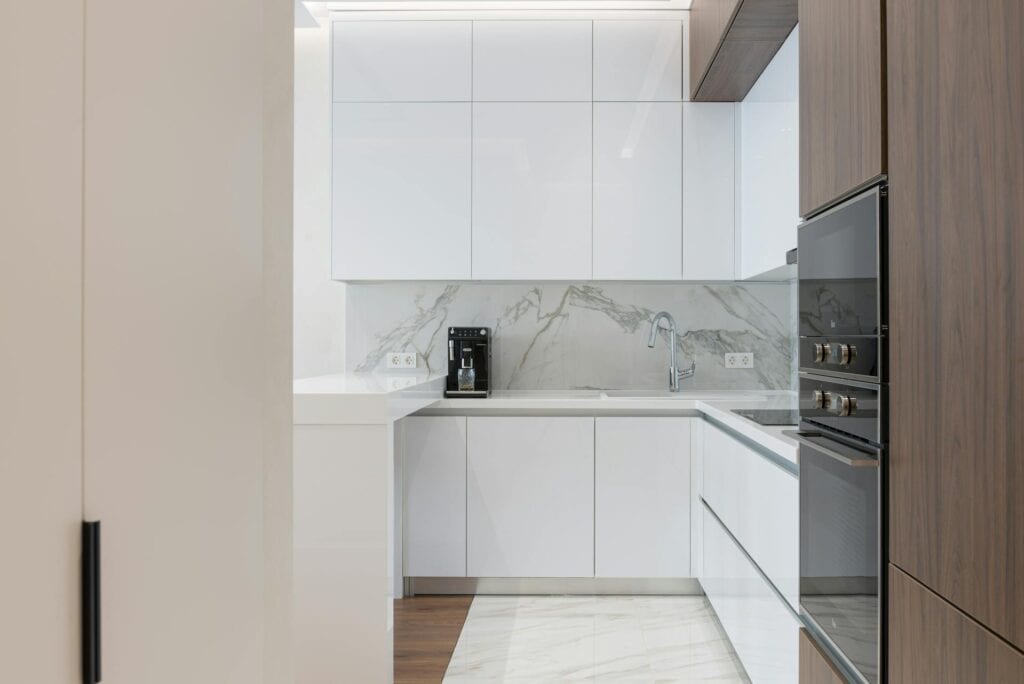
What Is the Life Expectancy of a Built-In Refrigerator?
Question: What Is the Life Expectancy of a Built-In Refrigerator? Answer: The life expectancy of a built-in refrigerator is typically 10-20 years. Proper maintenance can help extend its lifespan. Built-In Refrigerator Lifespan Built-in refrigerators offer a sleek, integrated look in modern kitchens. Homeowners invest in these appliances for their aesthetic appeal and functionality. A key … Continue reading What Is the Life Expectancy of a Built-In Refrigerator?
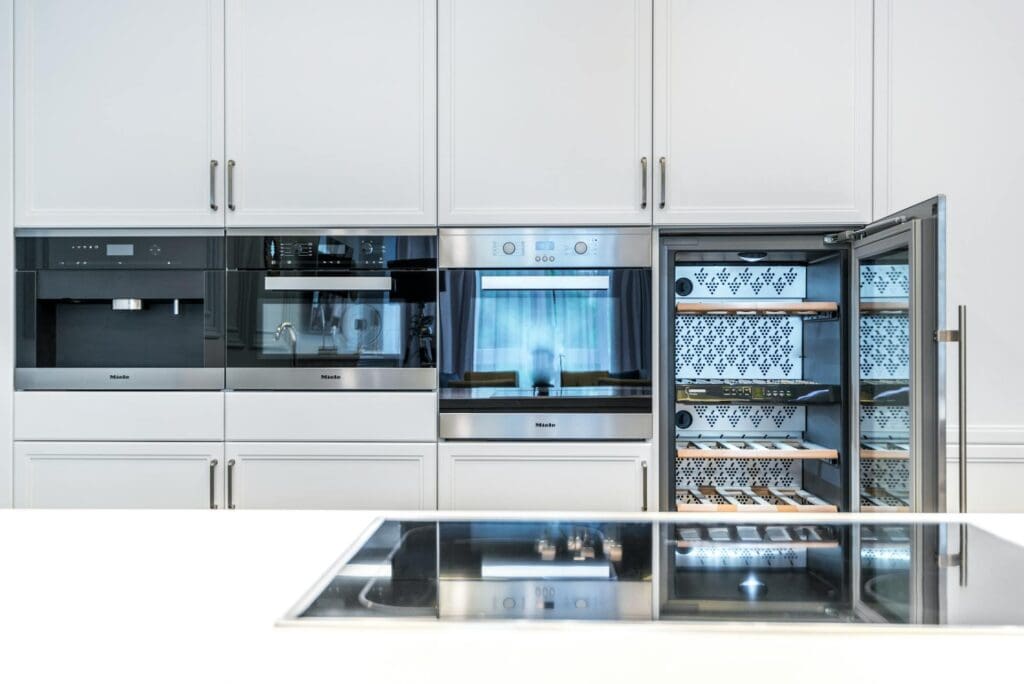
What Is the Difference Between Integrated and Built-In Fridge?
Question: What Is the Difference Between Integrated and Built-In Fridge?Answer: Differences between integrated and built-in fridges include: Integrated fridges are hidden behind cabinet panels for a seamless look. Built-in fridges sit flush with cabinetry but have their own visible front. Integrated Fridges vs. Built-In Understanding the difference between integrated and built-in refrigerators can simplify your … Continue reading What Is the Difference Between Integrated and Built-In Fridge?
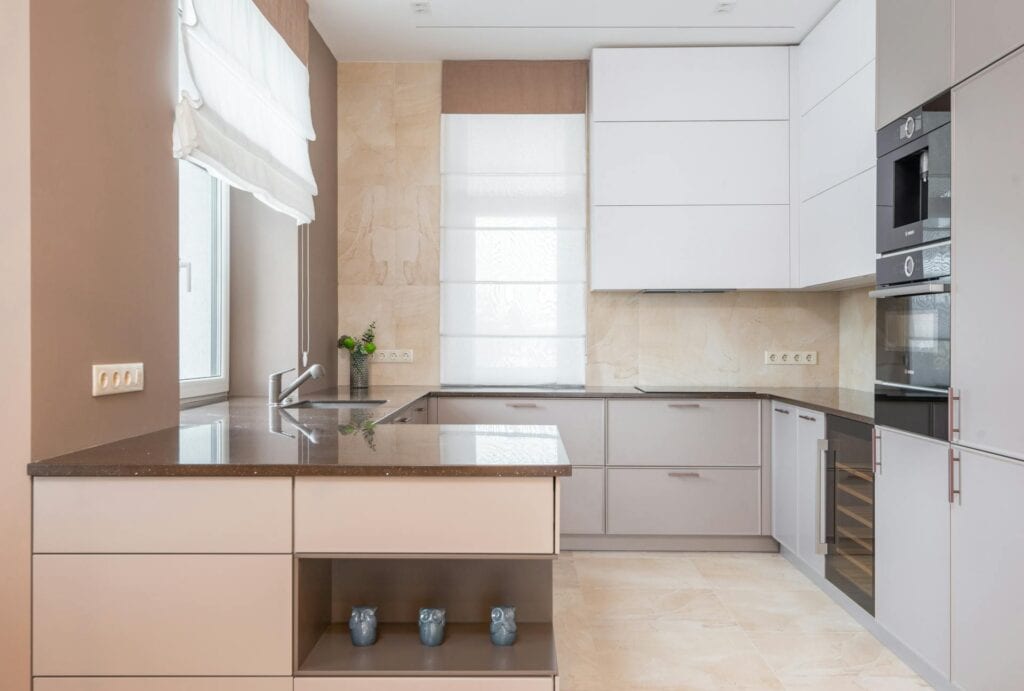
What Is the Difference Between Built-In and Built Under Refrigerators?
Question: What Is the Difference Between Built-In and Built Under Refrigerators? Answer: Differences between built-in and built-under refrigerators include: Built-in refrigerators sit flush with cabinetry, offering a seamless look. Built-under refrigerators slide under a counter, leaving the top exposed for a counter-depth appearance. Built-In vs. Built-Under Refrigerators serve as kitchen centrepieces, blending functionality with style. … Continue reading What Is the Difference Between Built-In and Built Under Refrigerators?
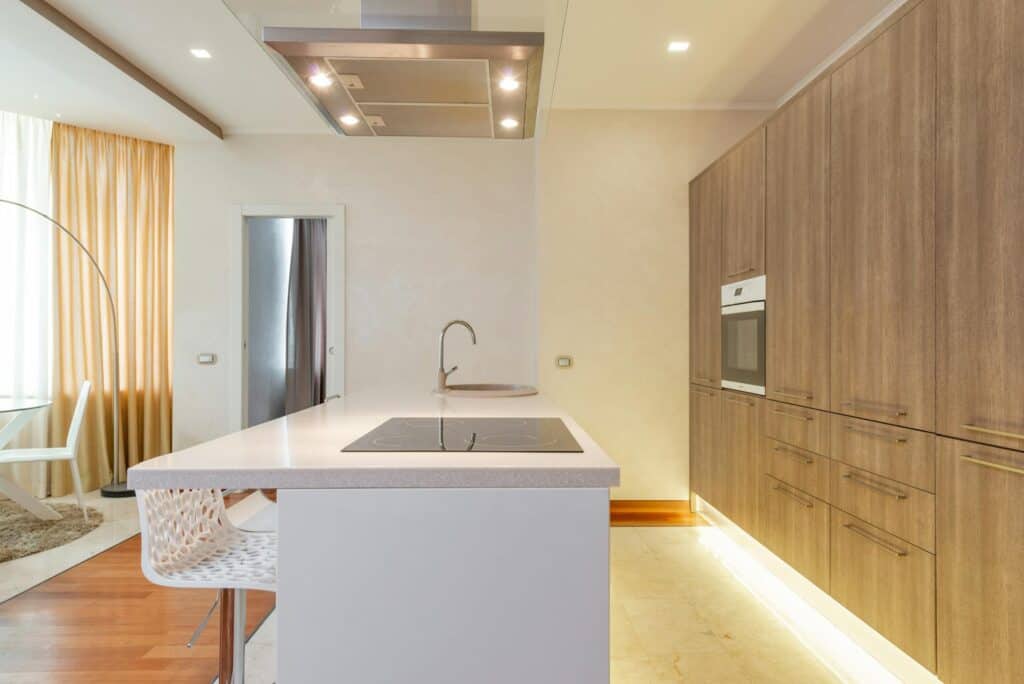
What Are the Disadvantages of Built-In Refrigerators?
Question: What Are the Disadvantages of Built-In Refrigerators? Answer: Disadvantages of built-in refrigerators include that they are typically more expensive, offer less storage space for their size, and repairs can be more complex and costly. Exploring Drawbacks: Built-In Refrigerators Built-in refrigerators offer a sleek, integrated look for kitchens. They sit flush with cabinetry, creating a … Continue reading What Are the Disadvantages of Built-In Refrigerators?
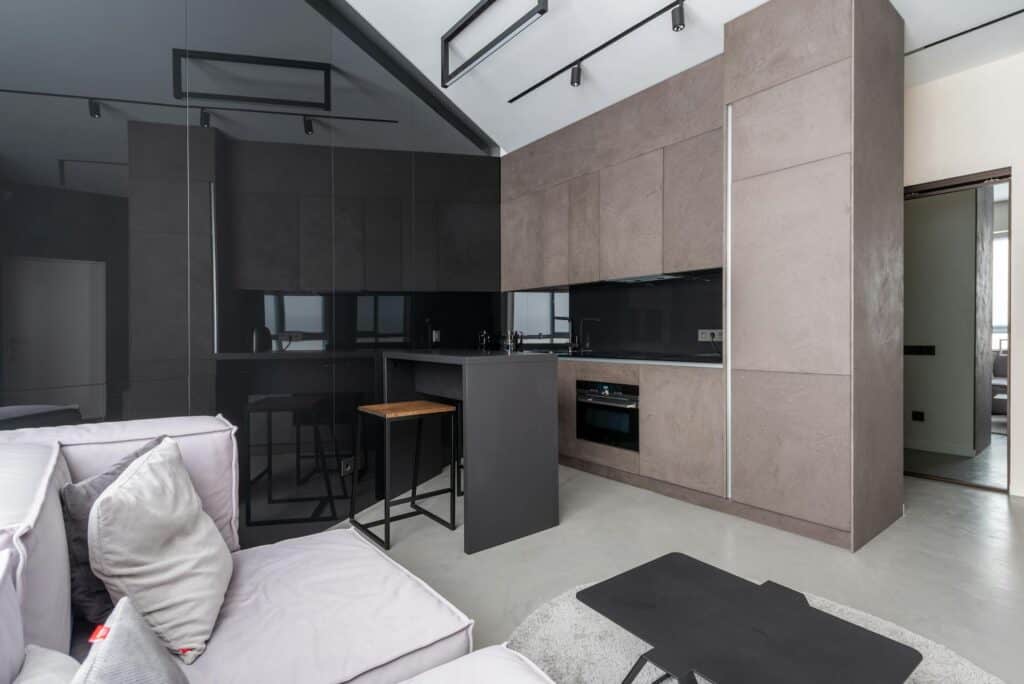
Is It Hard To Replace a Built-In Refrigerator?
Question: Is It Hard To Replace a Built-In Refrigerator? Answer: Whether or not it is hard to replace a built-in refrigerator depends on several factors. Disconnecting and removing the old one is usually straightforward. However, finding a new model with the exact dimensions can be challenging, and installation can be complex, sometimes requiring professional help. … Continue reading Is It Hard To Replace a Built-In Refrigerator?
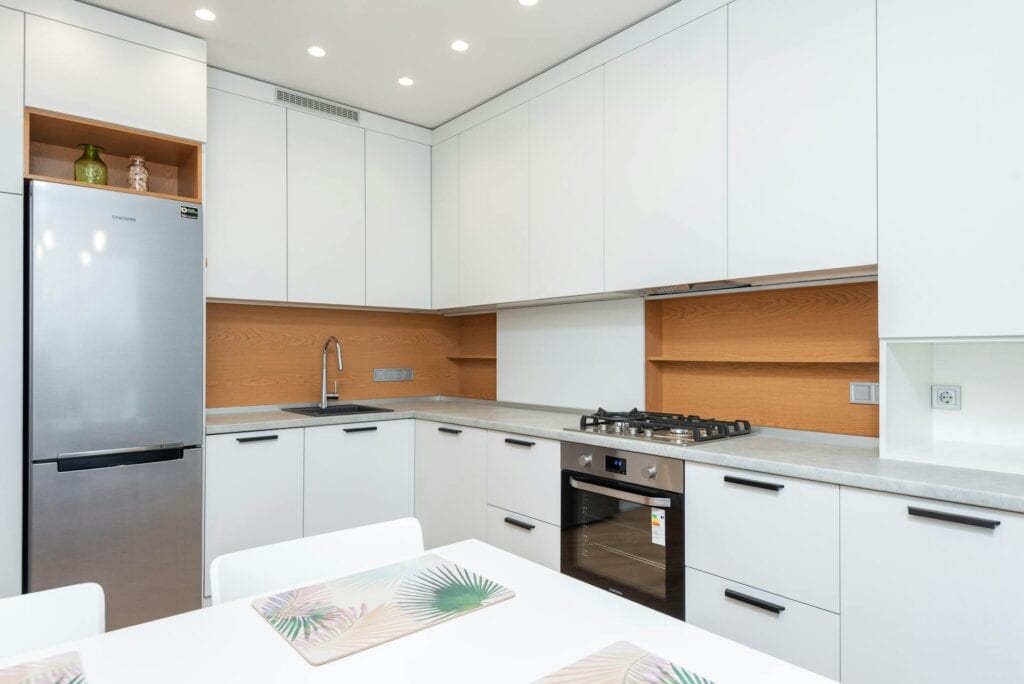
How Much Space Do You Need Around a Built in Refrigerator?
Question: How Much Space Do You Need Around a Built in Refrigerator?Answer: How much space you need around a built-in refrigerator depends on the model, but generally: 1/8″ on the sides and top, ¾” at the back for air circulation, and 1″ from front of cabinet for door swing. Built-in Refrigerator Clearance Integrating a built-in … Continue reading How Much Space Do You Need Around a Built in Refrigerator?
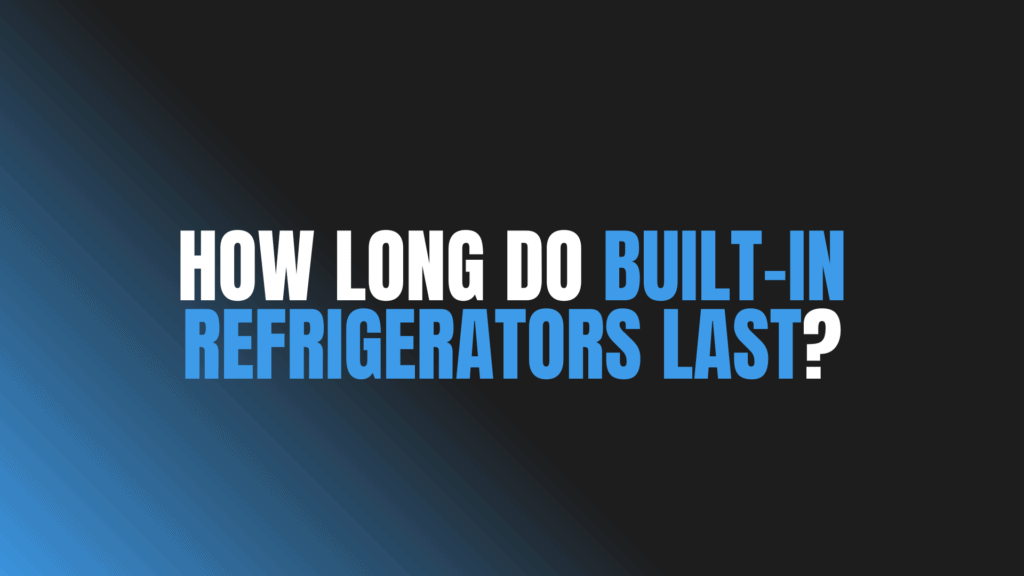
How Long Do Built-In Refrigerators Last?
Question: How Long Do Built-In Refrigerators Last? Answer: Built-in refrigerators last 10-20 years. Factors affecting lifespan include maintenance, usage, and brand quality. Built-In Refrigerator Lifespan Built-in refrigerators offer a sleek, integrated look in modern kitchens. Homeowners invest in these appliances for their aesthetic appeal and convenient design. A key question for potential buyers is: how … Continue reading How Long Do Built-In Refrigerators Last?
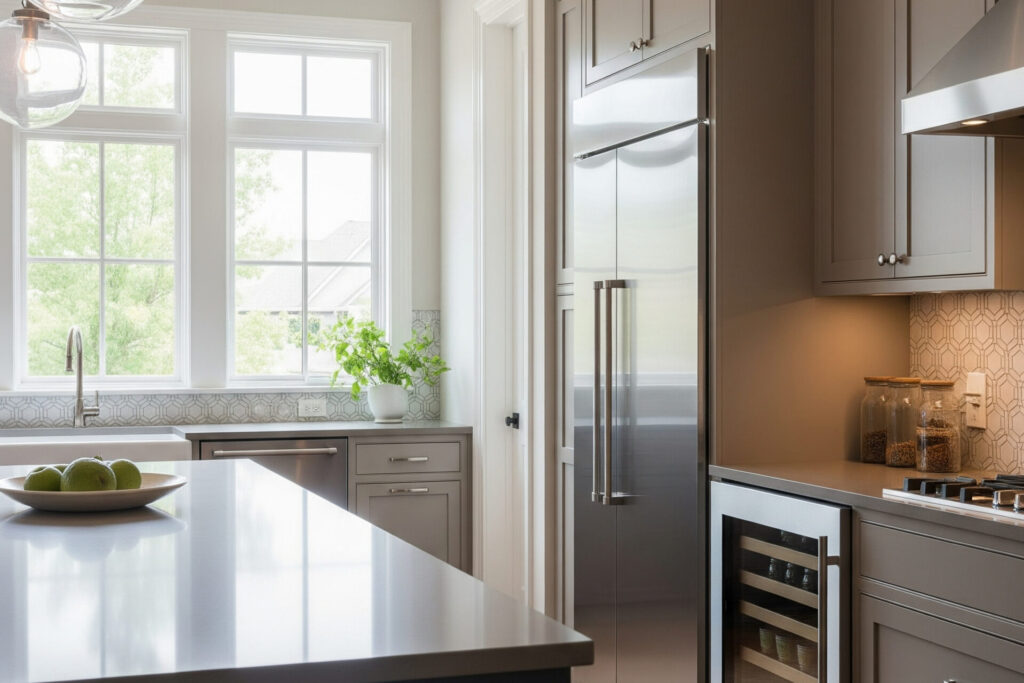
Do Built-In Refrigerators Need Air Space Around Them?
Question: Do Built-In Refrigerators Need Air Space Around Them? Answer: Yes, built-in refrigerators require air space for proper ventilation. This prevents overheating and ensures efficient operation. Check your manufacturer’s instructions for specific clearance requirements. Built-In Refrigerator Ventilation: Essential for Optimal Performance Do built-in refrigerators need air space around them? Absolutely. Proper ventilation is crucial for … Continue reading Do Built-In Refrigerators Need Air Space Around Them?
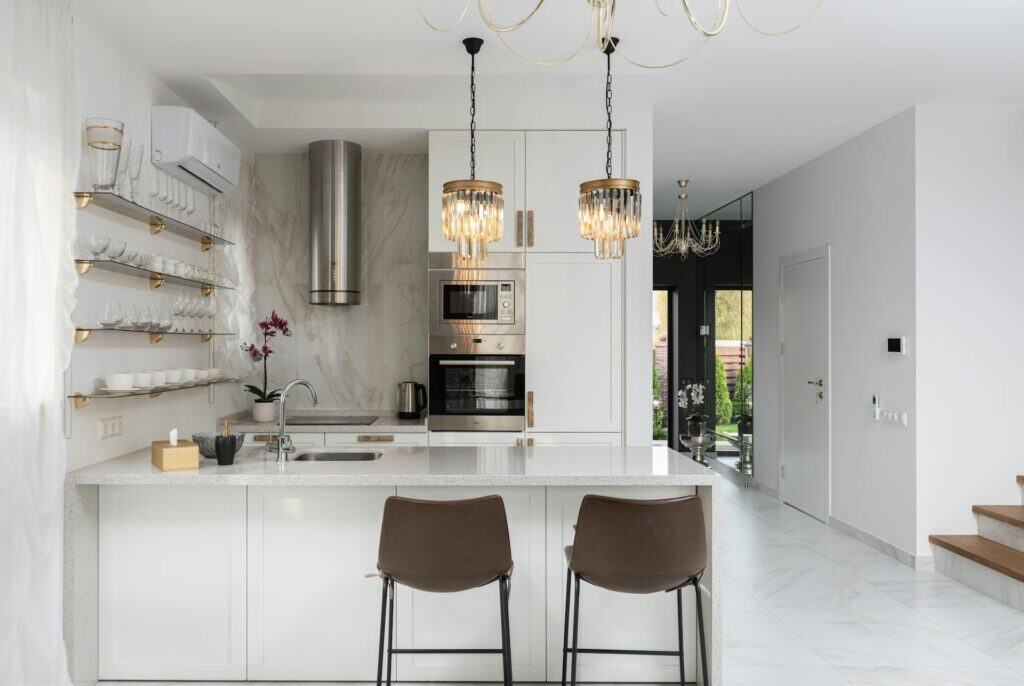
Do Built-In Refrigerators Add Value?
Question: Do Built-In Refrigerators Add Value? Answer: Yes, built-in refrigerators often add value. They’re viewed as a premium appliance, offering a sleek, integrated look that many buyers appreciate, potentially increasing resale value. Built-In Refrigerators: Investment or Expense? Do built-in refrigerators add value? Homeowners often face this question when renovating or building a kitchen. A built-in … Continue reading Do Built-In Refrigerators Add Value?
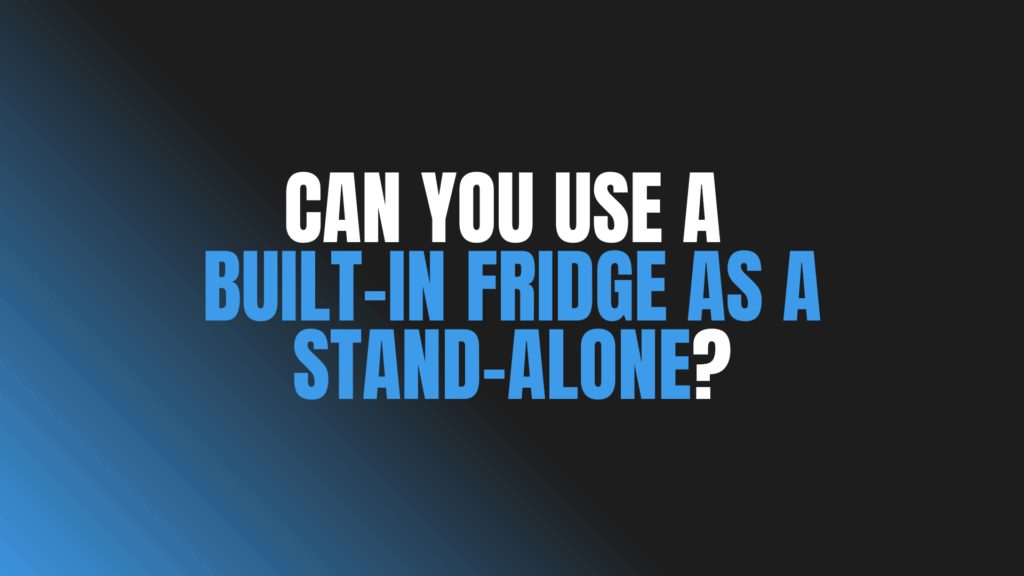
Can You Use a Built-In Fridge as a Stand-Alone?
Question: Can You Use a Built-In Fridge as a Stand-Alone? Answer: No, you shouldn’t use a built-in fridge as a stand-alone. They lack finished sides and proper ventilation for freestanding use, potentially causing overheating. Built-In Refrigerator: Stand-Alone Operation Can you use a built-in fridge as a stand-alone? This question arises when homeowners renovate, move, or … Continue reading Can You Use a Built-In Fridge as a Stand-Alone?

